Blog •
Posted on Dec 16, 2021
How to Illustrate a Spellbinding Children’s Book in 5 Steps
About the author
Reedsy's editorial team is a diverse group of industry experts devoted to helping authors write and publish beautiful books.
More about the Reedsy Editorial Team →Children’s books are always a wonder to read — it’s like opening a window to another world filled with the author and illustrator’s creative visions. If you love these imaginative worlds and are considering drawing some of your own, we’re here to help with a comprehensive guide on how to illustrate a children’s book.
1. Get a good grasp of the story
A good illustrated children’s book is one where the text and the images combine harmoniously. To achieve this, you need to understand the essence of the story you want to tell.
So if you want to illustrate your own book, it’s important to learn how to write a good children’s book first. Likewise, if you’re working with a publisher or author, carefully read their manuscript and brief first to get a sense of their vision. Don't be afraid to reach out and ask for clarifications wherever necessary!
Beyond these initial tasks, here are a couple more things you should think about:
Note the age group you’re drawing for
Children’s books are not homogeneous; you could illustrate entire picture books or just a few spreads for a middle grade book. In children’s book publishing, these subgenres are often separated by age group:
|
Book Genre |
Reader Age |
Number of Words |
|
Picture Books |
< 5 years |
< 1,000 |
|
Early Readers |
> 5 years |
2,000–5,000 |
|
Chapter Books |
6–9 years |
5,000–10,000 |
|
Middle Grade (MG) |
8–12 years |
30,000–50,000 |
|
Young Adult (YA) |
12–18 years |
50,000–100,000 |
Books always adopt certain styles to fit its audience. You’ll find that early reader books tend to feature recognizable characters and items rather than abstract ideas to keep it digestible for its young audience.
For example, while both have a dark-toned color scheme and are illustrated by the same artist, the two book covers below are clearly meant for two different audiences. On the left, with simple images like a mouse and a star, we have a book young children will find easy to understand. On the right is a scarier book, featuring an imaginary monster that an older audience is more likely to find intriguing.
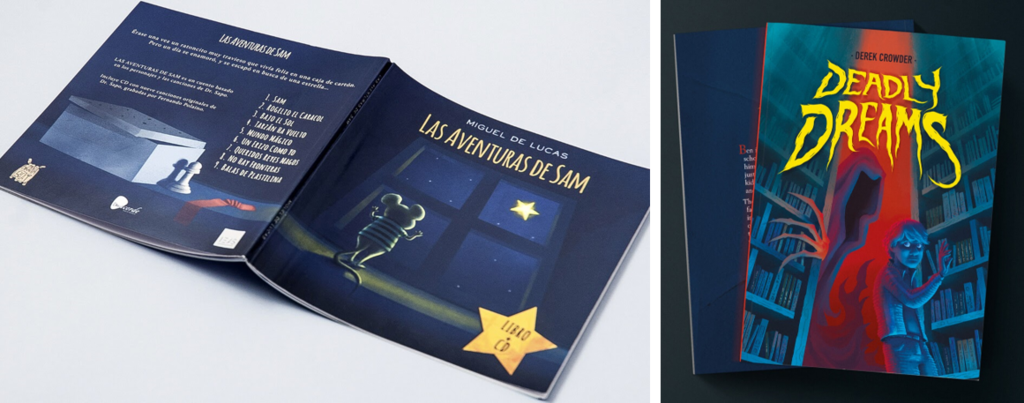
Being mindful of this earlier on will help you tailor your proposal to better meet the expectations of your client (or your readers, if you’re seld-illustrating).
Start collecting references
Another thing you can do, especially if you’re just learning how to become a children’s book illustrator, is to collect references for the project.
As with all kinds of art, you can draw inspiration (pun unintended) from real life or you can learn from other illustrators and their portfolios, in books or even on Instagram. Book illustrator Siski Kalla says: “Read a gazillion picture books. Buy them new or used, borrow from the library — you simply can’t do this enough!” Figure out why you love these books; pick up on how other artists portray actions, settings, and styles, implementing suitable techniques to your own work.
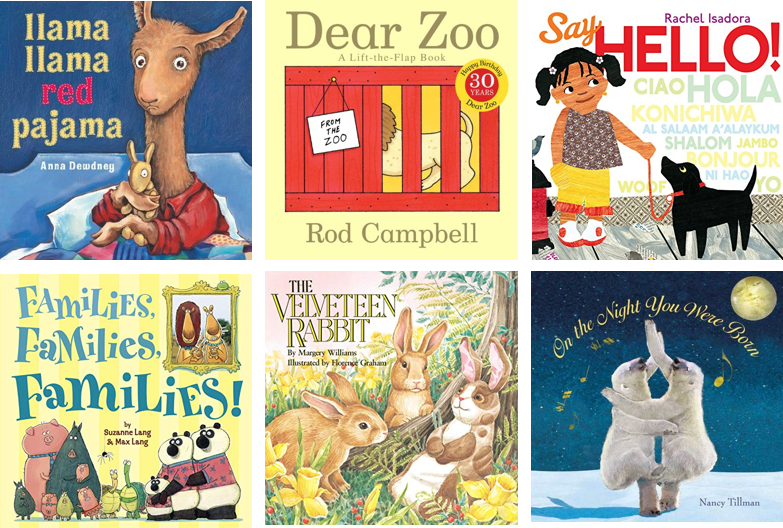
💡 Our list of the 125 best children’s books can give you plenty of inspiration!
For more specific visual themes, e.g. a book that’s set in a historical setting, you can ask your collaborators for more references to ensure accuracy. (Most writers will be pretty excited to share their research anyway!) You can also share your own references with them to see if your ideas match.
2. Sort out the work timeline (and contract)
If you’ve settled on a story, or if the author shows interest in hiring you, now’s the time to spell out the work process. This will keep all parties involved guided as you go on illustrating the book.
For illustrators working on their own book
We highly recommend working with a children's book editor (to refine the script) and a designer (to layout the book) before you start drawing. Freelance designer and illustrator Stephanie Drake explains the importance of this step perfectly with a very delightful analogy:
“Making a children’s book is like making a cake. In the creative kitchen of cooking up a children’s book, the editor provides the recipe, the author and illustrator provide the tasty ingredients, and the designer provides the equipment needed to mix and bake the book for publication. Take away an element of this and the book may sink.”
These other players should be involved from the planning stage, since the harmony of an illustrated book requires deliberation in terms of text and image placement. Then, as you work on the roughs and color drafts of the book, it’s good to slot some rounds of feedback in to get more professional opinion on the progress.
For illustrators working with an author
A project from a publisher will already involve other editors and designers, so you only have to convince them that you’re the right artist. But if you’re discussing a collaboration with an indie author who is self-publishing, it’s a good idea to advise them to hire an editor or designer (or both) for the project if they haven’t already, before you start your work.
By doing this, you ensure that the author doesn’t waste money on illustrations they might not be able to use, and that you don’t waste your time and effort. You’ll also gain their trust by showing your expertise and care.
And speaking of trust, here are some other things you can do to set the collaboration up amicably and win the client over:
Offer some character designs
Some publishers might ask you to provide initial designs before they sign you on as the project's illustrator, so sketches can be the chance to leave a good impression.
Otherwise, if you’re working directly with an author, offering a couple of character designs as a preliminary collaboration (which you can charge for) is a great way for both you and the client to test the waters. Character illustrations are always important and can be the deciding factor for a project!
Q: How do you collaborate with authors to ensure your illustrations align with their vision?
Suggested answer
Working with authors means making sure the illustrations match their vision while staying true to my style. Here’s how I make that happen:
They come for my style – My portfolio does the talking. I keep it fresh and up to date, so when an author reaches out, they already know what to expect. This keeps our creative visions aligned from the start.
Visual brainstorming – We dive into the project, discuss ideas, and swap references. Mood boards, sketches, inspirations—whatever helps us get on the same page.
Open process on Miro – I share my progress on a Miro board, where the author can follow along, give input, and be part of the journey. This keeps everything transparent and collaborative without disrupting my workflow.
In the end, I want the final illustrations to feel natural and exciting for both of us.
Evgenia is available to hire on Reedsy ⏺
It's important to remember that every author is different. Even if an author has worked on their book for months, if not years, and has a deep understanding of places, characters and content, it doesn't always mean they know how it should look. Other times the author knows exactly what they want.
Often an author has prepared visual references and described their project in detail in their proposal. But others can be less sure. Either way, I will want to pick their brains and try and get as much information and hopefully relevant picture references from them as possible. This could be other illustrations, art or books they like, but also experiences and situations that have inspired the book that they think are relevant. I may also suggest some references here if I think it can help. If the author is unsure at the start, then this process will help them find a visual idea that we can build upon.
Then the next stage is to find a coherent look and style from this material that can work for the project. To do this I will narrow down the references to find a core idea by making a number of sketches and mockups of characters or scenes with references for colours, lines, light or textures that we can discuss. It's good to give this phase a little extra time to ensure we both understand what I am aiming for in the visuals. It may take a couple of variations but hopefully we can agree on a look that we are both happy with. I want to make illustrations that match their vision but also need to be sure it's a look that I am comfortable making that's not too far from my personal style.
After this, and if its a bigger project with many illustrations, then it can be a good idea to choose a 'typical' scene from the book and make a single, finished illustration for approval that can be a style reference for all the rest.
Even if we both agree on the visuals, it's still important to me that the author can follow the progress throughout the rest of the project to avoid any problems or disappointment at the end. This doesn't mean the author has to give a critique of everything I make, but it's good to confirm my work feels right for them and see if there are details that they want to change.
In short its a process of respect, understanding and guidance from both parties that leads to a successful visual interpretation.
Ben is available to hire on Reedsy ⏺
When an Author sends me their text, my first step is to produce a written visual layout on their text. So for each page I will write in red my idea for the page or spread. This is solely for me to begin researching any reference I need and collect this into a folder to refer to later.
I will then produce a rough layout of each page, very loose, quick sketches to convey the action and composition of the scene, I will do this for the whole book. Then all the text and rough sketches go into a PDF which is sent to the author for notes. This way, we can agree overall composition, make sure it flows well etc, but also, we can make changes easily. So when I move into producing the final artwork, we are both as prepared as can be. There will inevitably be further changes for the final art but this way, they tend to be minimal. It's about setting the ground work early on so the client knows what to expect.
Rich is available to hire on Reedsy ⏺
Be clear about the deliverables in your proposal and contract
Illustrating a children’s book with an author is a deeply collaborative process; after all, you are working to bring their passion project to life! That said, it’s practically impossible to provide a visualization that perfectly matches the author’s imagination — that’s something you should make clear from the beginning.
“A good way to keep expectations measured is to be upfront about your process (i.e. storyboarding, drawing roughs, penciling, and coloring, with time for feedback in between),” Stephanie advises. “Examples of the stages of a previous project or a timeline of work can also help the author understand what they should expect to see when working in collaboration with you.”
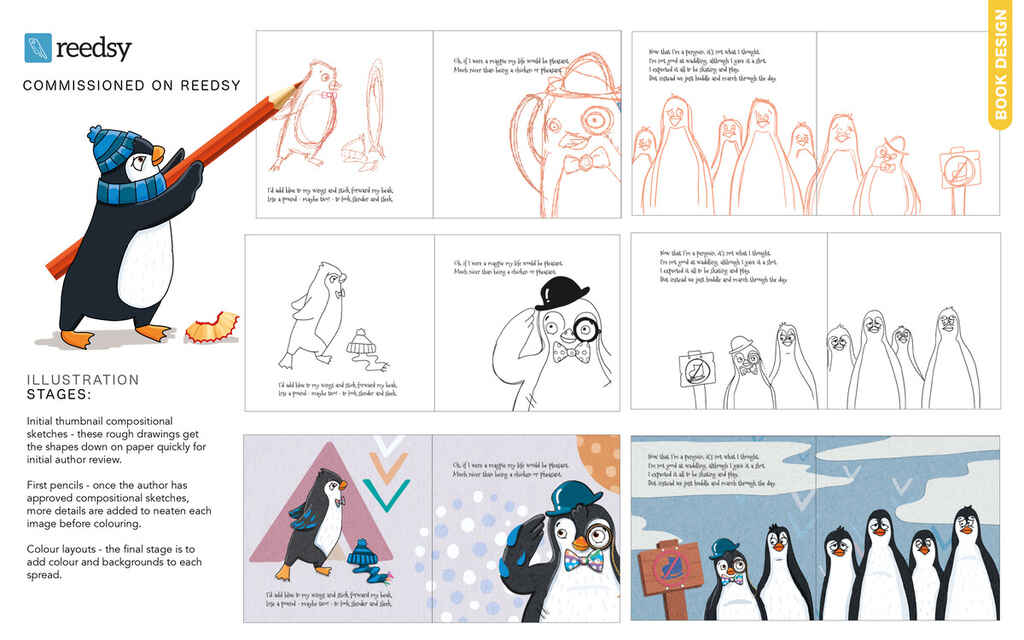
By clearly spelling out the project’s deliverables (including the number of revisions you will provide) in the freelance proposal or contract, you have something concrete to refer back to should misunderstandings ever arise.
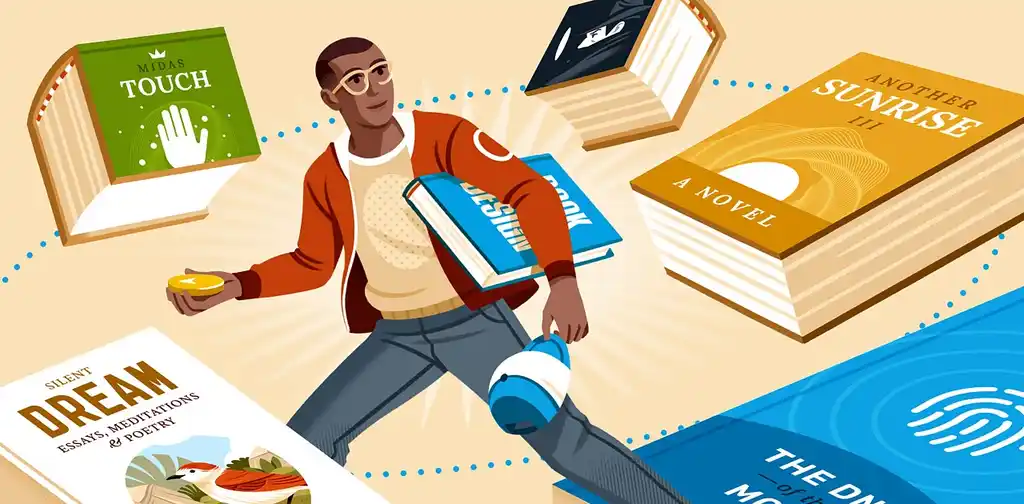
JOIN REEDSY
Find exciting new projects
We connect publishing professionals with our community of 1,500,000 authors.
3. Create a coherent storyboard
With all the administrative side of the project completed, you can move on to the best parts: the book illustrating! And it all begins with storyboarding, where you lay out the whole story on a page, thumbnail by thumbnail, in order to see the complete progression and the “visual rhythm” of the book, as Siski Kalla calls it.
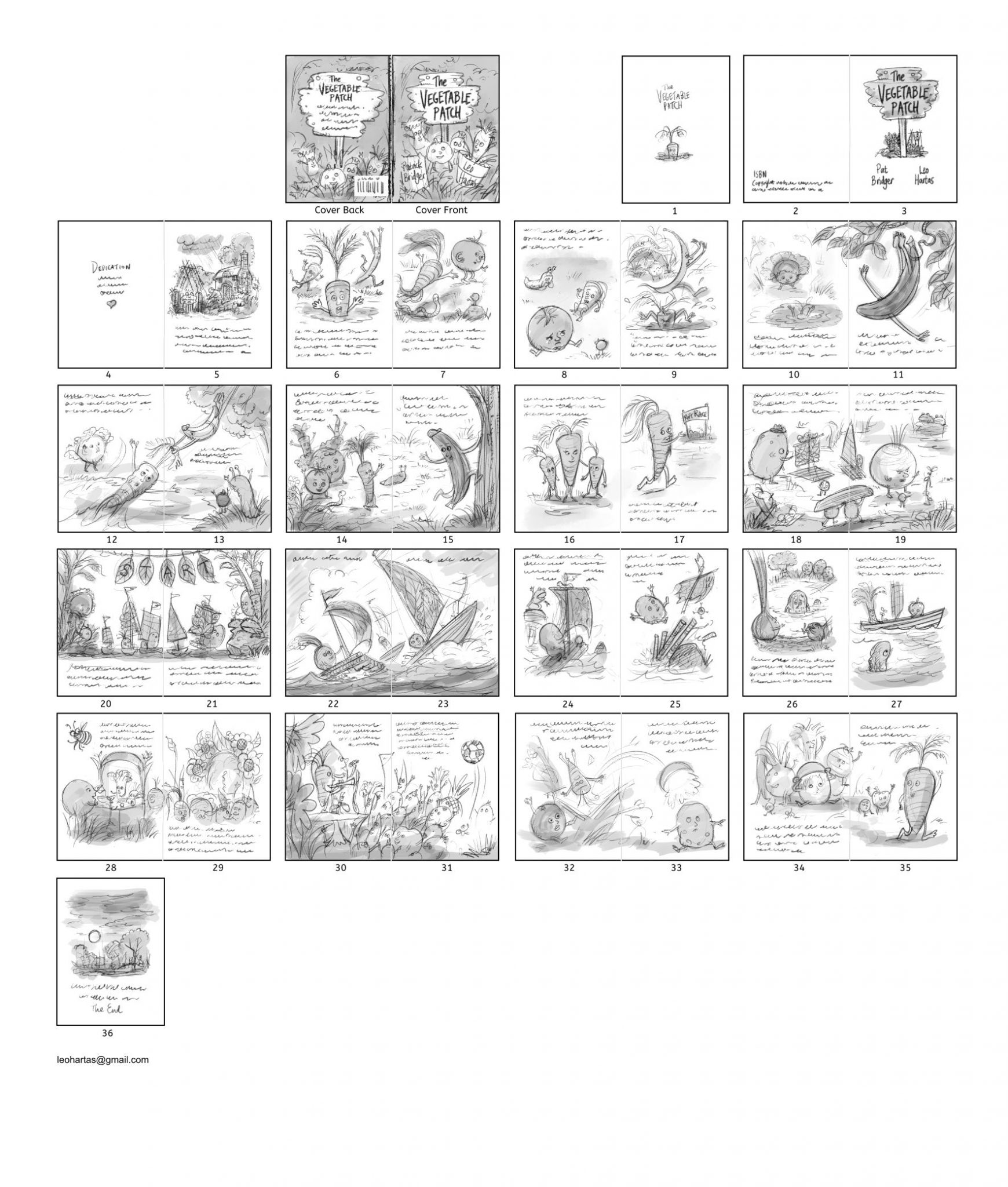
You’ll usually follow the designer’s text layout, although, if you’re working with an author and you have the necessary skills, you can offer to organize the book yourself.
Use composition wisely
“Pay attention not only to the illustration’s technical quality, but focus also on page composition,” advises Diego Alcalá. Composition is one of those underlying elements that can — if used well — act as a guide for the audience as to what to pay attention to, thereby highlighting important features in the story.
For instance, in the live webinar below (read the transcript here), illustrator Leo Hartas explains how he uses diagonal lines and perspective to layer the setting of Battlefield Angel so that we can see the calm in the middle of a war. Such a thoughtful consideration gives the setting of the story the nuances it deserves.
4. Work on the roughs, line art, and coloring
Are all parties happy with the storyboard? If yes, let the drawing commence!
Illustrations always start with roughs, i.e. uncolored sketches. The idea is to get the shapes down first and gather feedback to make sure that everything looks as it should be. After that you can proceed to penciling and coloring, all of which will be subject to more feedback from the author or designer per the terms of the contract.
By now, you already have the blueprints for your illustrations — getting them done is just a matter of time. However, since illustrating a children’s book is a storytelling endeavor involving a lot of collaboration, we’ve got a few tips here for keeping the whole process smooth-sailing.
Q: What, in your opinion, is most important to remember when illustrating for children's books?
Suggested answer
Have fun.
These books are for kids and if you think about it the world of children's books doesn't need to have rules. So push the boundaries of your drawings. Maybe the trees are pink, blue, and red instead of green. Or the house is full of wonky windows, you don't need to stick to reality. Colors, textures, and shapes push them and see what they can do, it's way more fun as an artist to draw something that pushes your creativity. You'll of course need to keep the client involved, sometimes they ask for more realistic illustrations. Don't be afraid to ask I've found that most of the time authors want their book to be fun and whimsical too.
Danika is available to hire on Reedsy ⏺
Always see the world through the child’s eyes.
When I’m illustrating a children’s book, I try to align myself with that sense of exaggeration that kids feel so naturally. Is the main character feeling happy? Then everything around him is colourful and alive! Is he feeling anxious? Then maybe the people surrounding him are grey and looming. The tree you used to climb when you were little surely felt like it touched the sky… so why not draw it like that?
I also think it’s important to create artwork that invites kids to explore. I love when an illustration has little surprises, like a hidden animal peeking from behind a tree, or a character wearing mismatched socks. Plot-irrelevant details give children a reason to linger on the page and discover something new each time they read the book.
Christina is available to hire on Reedsy ⏺
A children’s book should above all spark the imagination: it’s not a mere visual translation of the words, but a parallel world that lives in harmony with the text. Illustrations should spark curiosity, invite questions, and go beyond rules and conventions. They should open windows onto unexplored, fantastic worlds where children can wander and discover.
Sasha is available to hire on Reedsy ⏺
Apply appropriate techniques
While your client now agree that you style matches their vision, you still have to remember tha you have to decide on the technicalities of illustrating each children’s book individually. Every book will ask for something a little different.
For instance, will a pencil drawing or a faded water-color be useful? Or these techniques can be combined, which is evermore easy to do with digital tools, to create something close to children’s own artwork, as Siski Kalla has done here, in a collaboration on Reedsy with author Kathy Urban for the book Hop Lola Hop!
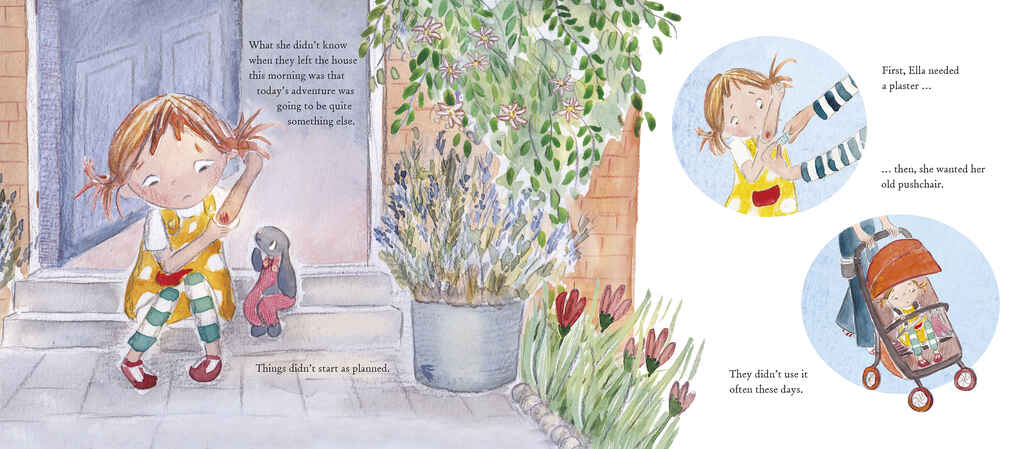
Alternatively, if the book is something quippy like Dr Seuss books, a simple but bold style using strong strokes and saturated primary colors might be a great match for the fun rhymes of the text.
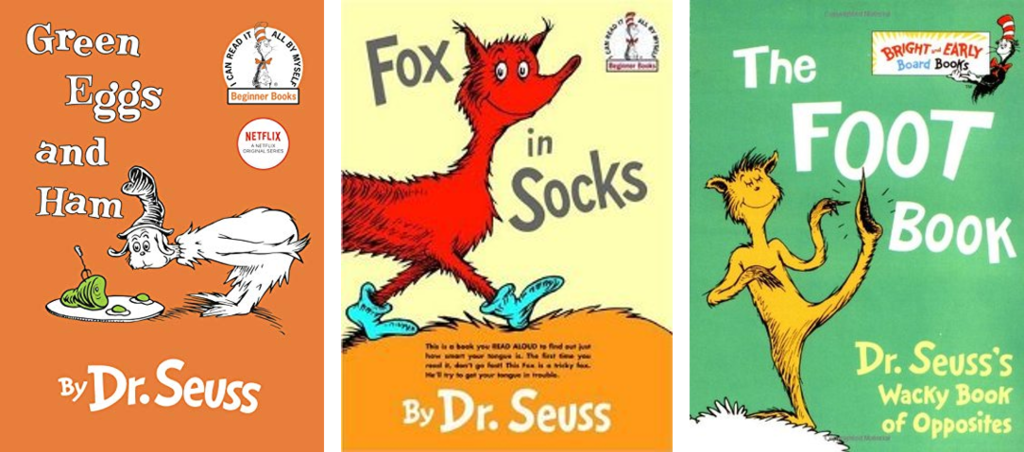
As illustrator Diego Alcalá says, “let your illustrations help the book be a consistent, well-designed product.” Keep the author's vision and target audience in mind so that you always pick tools and techniques that make your illustrations an integral part of transmitting the energy and essence of the story.
Be active in communications
This is so important that we’ll risk being repetitive and say it again: communication is crucial in a book illustration project. Even though you’ve already outlined the project’s timeline at the beginning, the author will most likely enter what Stephanie Drake calls “the land of not-very-much-information” while you work on the drawings — meaning they will grow worried because they’re unable to see the project’s growth with their own eyes.
To reassure them, Stephanie recommends that you actively check in and update them on the progress. Remind them of the timeline you’ve both agreed on, and try not to feel pressured to speed anything up if the author starts asking one question too many. If you take the first step toward clarifying the situation, you may avoid anxiety-inducing email chains from the author altogether.
5. Finalize the artwork
After the final round of feedback, you can incorporate the notes, polish the art and coloring, and let your artistic skills and finesse shine! The only suggestion we have left is to…
Check for consistency as you revise
Consistency is a big part of any book — even something as simple as mixing up the eye color of a side character can pull readers out of the immersive reading experience. Unless it’s a “spot the difference” kind of book, things shouldn't be popping up or disappearing from one page to the next.
To avoid any such disruption, keep the finalized storyboard nearby. Whenever you change something inherent in a character’s design or setting, go back to the storyboard, see where this character or setting appears throughout the book, and make the necessary changes there. Be sure to proofread the whole book at the end.
Q: How do illustrators maintain character and scene consistency across a children’s book?
Suggested answer
To create a consistent look for a children's book, you'll need a strong foundation!
First, the author and the artist should work together to establish each character and then create detailed character sheet illustrations for each of your main characters, capturing their personality and unique features in full-body illustrations, front and back. These will be used as references for the illustrations, making sure that all the character's details are portrayed in each of the scenes in the book.
At the same time, they'll choose a color palette that matches the book's theme and give each character their own special colors. This will help them stand out and feel unique!
The artist and the author should explore different illustration styles and use lots of visual references to find the perfect look for their book and work closely throughout the process, checking in regularly to make sure everything feels cohesive and true to the author's vision.
They should also establish a step-by-step approach to each illustration, starting with sketches, then adding flat colors, and finally finishing with the details. The author will be involved in every step of the process, approving each stage and ensuring the illustrations perfectly capture their vision for the book.
Natalia is available to hire on Reedsy ⏺
Sketch, sketch & more sketching! I find it useful to create character turn arounds from multiple angles so I can use these as references moving forward. By getting to know the characters it becomes second nature to create dynamic scenes with consistent characters.
Tommy is available to hire on Reedsy ⏺
Once you’ve completed that check, you’re pretty much finished! We hope this guide, filled with insights from illustrators on Reedsy, has prepared you well to work on a children’s book. If you need any help finding a gig, check out this list of places to find children’s book illustrator jobs or this interview with one of Reedsy's top illustrators. We look forward to seeing your work out there soon!
Reviewed by Linnea Gradin
The editor-in-chief of the Reedsy Freelancer blog, Linnea is a writer and marketer with a degree from the University of Cambridge. Her focus is to provide aspiring editors and book designers with the resources to further their careers.
As the editor of Reedsy’s freelancer blog and a writer on the Reedsy team, Linnea has her hand in a bit of everything, from writing about writing, publishing, and self-publishing, to curating expert content for freelancing professionals. Working together with some of the top talent in the industry, she organizes insightful webinars, and develops resources to make publishing more accessible to writers and (aspiring) publishing professionals alike. When she’s not reading, she can be found dribbling on the football pitch, dabbling in foreign languages, or exploring the local cuisine of whatever country she happens to be in at the time.


